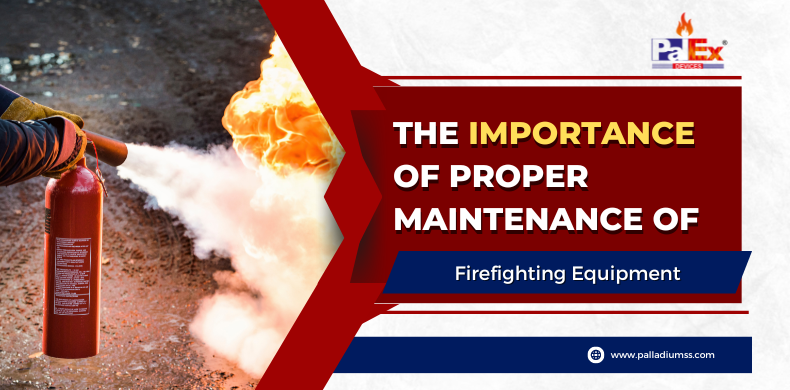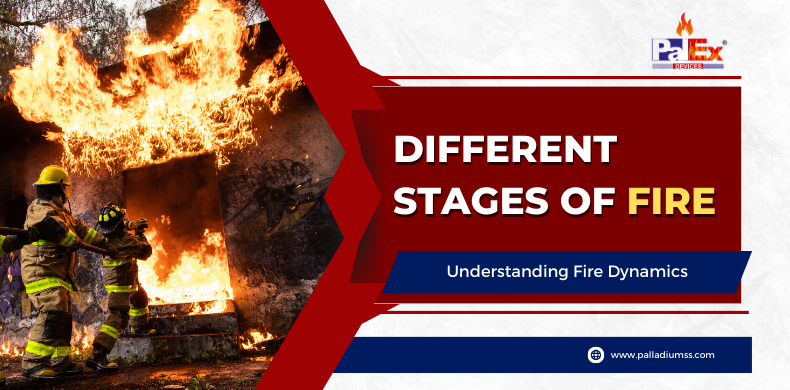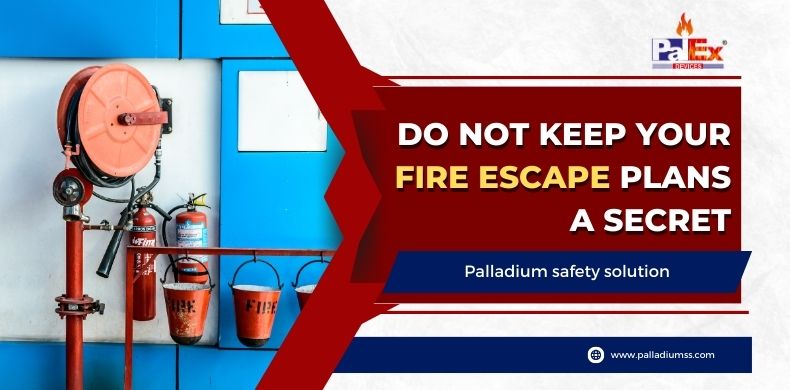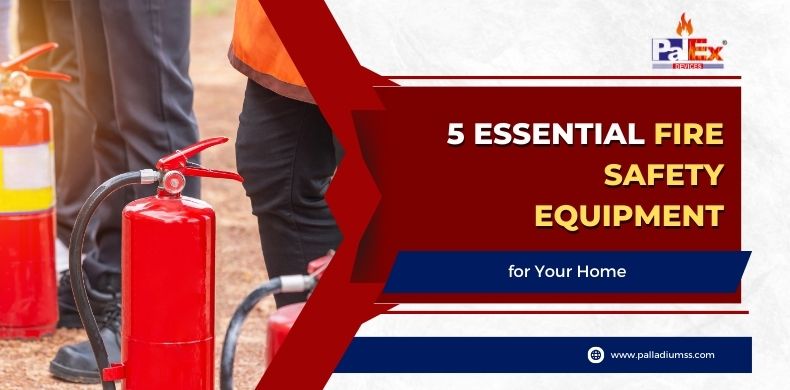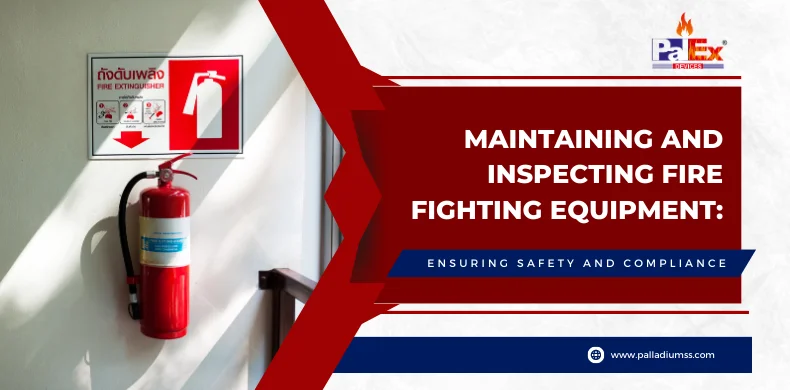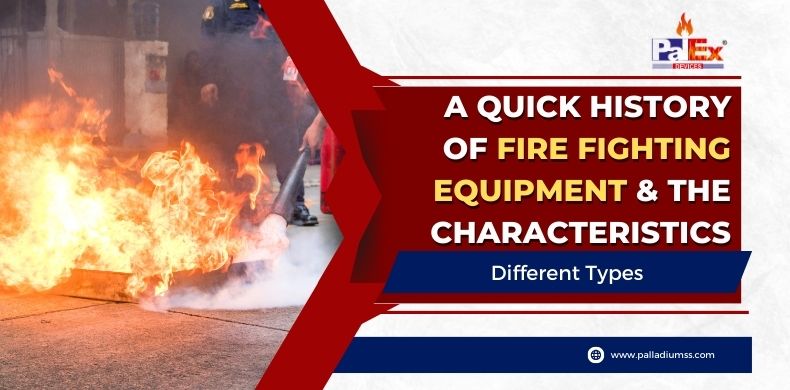Insufficient equipment maintenance can result in either malfunction or failure during emergencies, giving rise to catastrophic consequences. Ensuring the safety of individuals and possessions from the dangers of fire is important. It is essential to implement precautions and prioritize the maintenance of firefighting equipment to a great extent.
5 Key Benefits of Proper Maintenance of Firefighting Equipment
- Reliable Operation: The firefighting gear should always be in a state of readiness to function efficiently. Regular upkeep guarantees that the equipment is functioning optimally, ensuring its dependability during times of necessity. Ensuring that machines are working correctly becomes even more crucial in critical situations as it can mean the difference between survival and fatality.
- Compliance with Regulations: Conforming Firefighting Equipment to rigorous regulations established by diverse regulatory entities is imperative. Conducting routine maintenance ensures that the equipment adheres to pertinent regulations, thereby Diminishing the possibility of being issued fines or facing legal consequences for non-compliance.
- Extended Equipment Life: By performing routine maintenance, potential issues with firefighting equipment can be identified and resolved before they escalate, ultimately extending the equipment’s lifespan. By carrying out preventive care, it is possible to minimize expenses associated with repairing or replacing equipment while prolonging its useful life.
- Cost Savings: Maintenance activities can effectively decrease costs by mitigating the need for costly repairs or replacements. Exhibiting a steadfast commitment towards safeguarding their firefighting gear could potentially yield reduced insurance premiums, given that enterprises know that insurance companies dispense such benefits.
- Peace of Mind: Occupants of buildings and proprietors can ensure their safety when conscious of the optimal working state of firefighting equipment. In a fire, make sure the occupants are safe and that the equipment deployed is reliable and will perform the following intended functionality, mitigating the likelihood of injury or property damage.
Also read :Different Stages of Fire
In conclusion, Maintaining firefighting equipment is crucial for fire safety. Neglect can endanger people and property. Regular assessments and maintenance are essential to ensure equipment is available and operating at its best. Maintaining individual accountability for fire safety, including consistent upkeep of Firefighting Equipments, is vital. Maintaining equipment is crucial for preventing fires and protecting our communities. Preventative measures via maintenance are better than corrective actions. Proper upkeep of firefighting equipment helps reduce fires.

